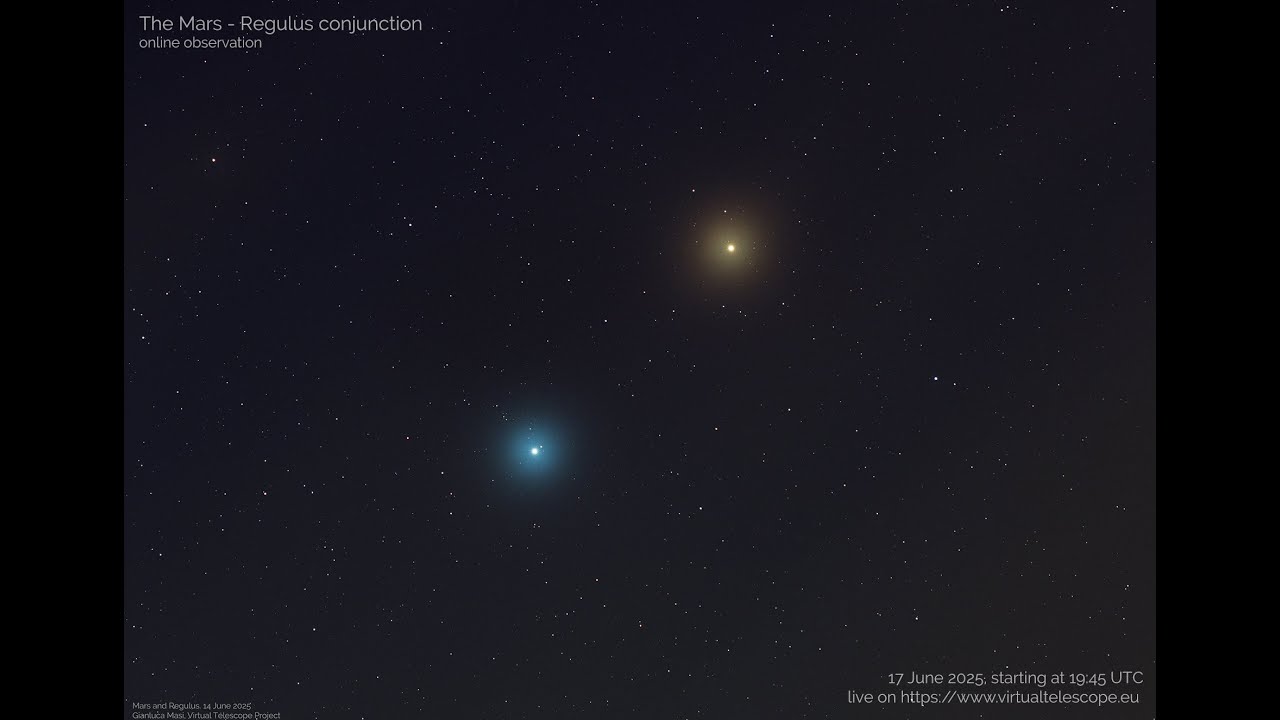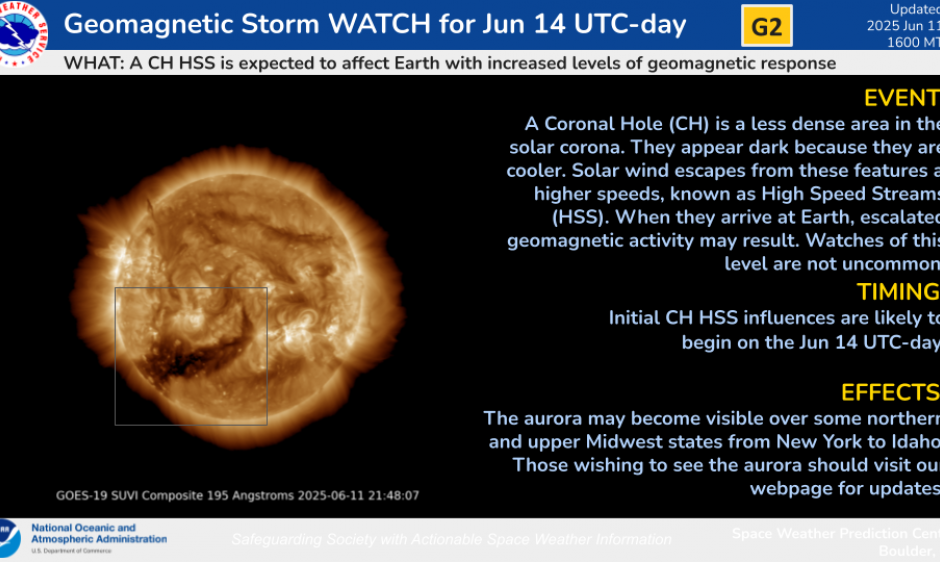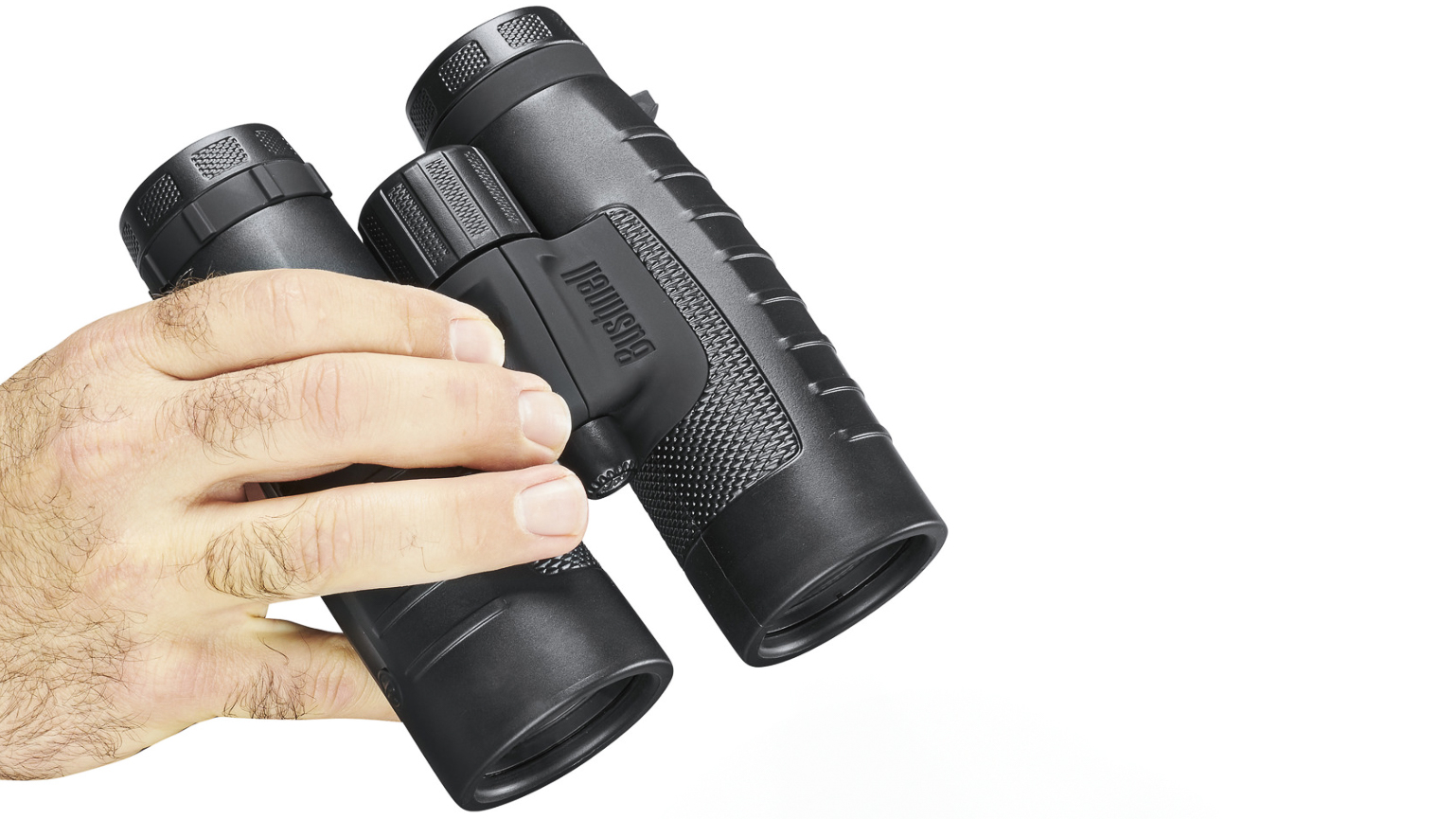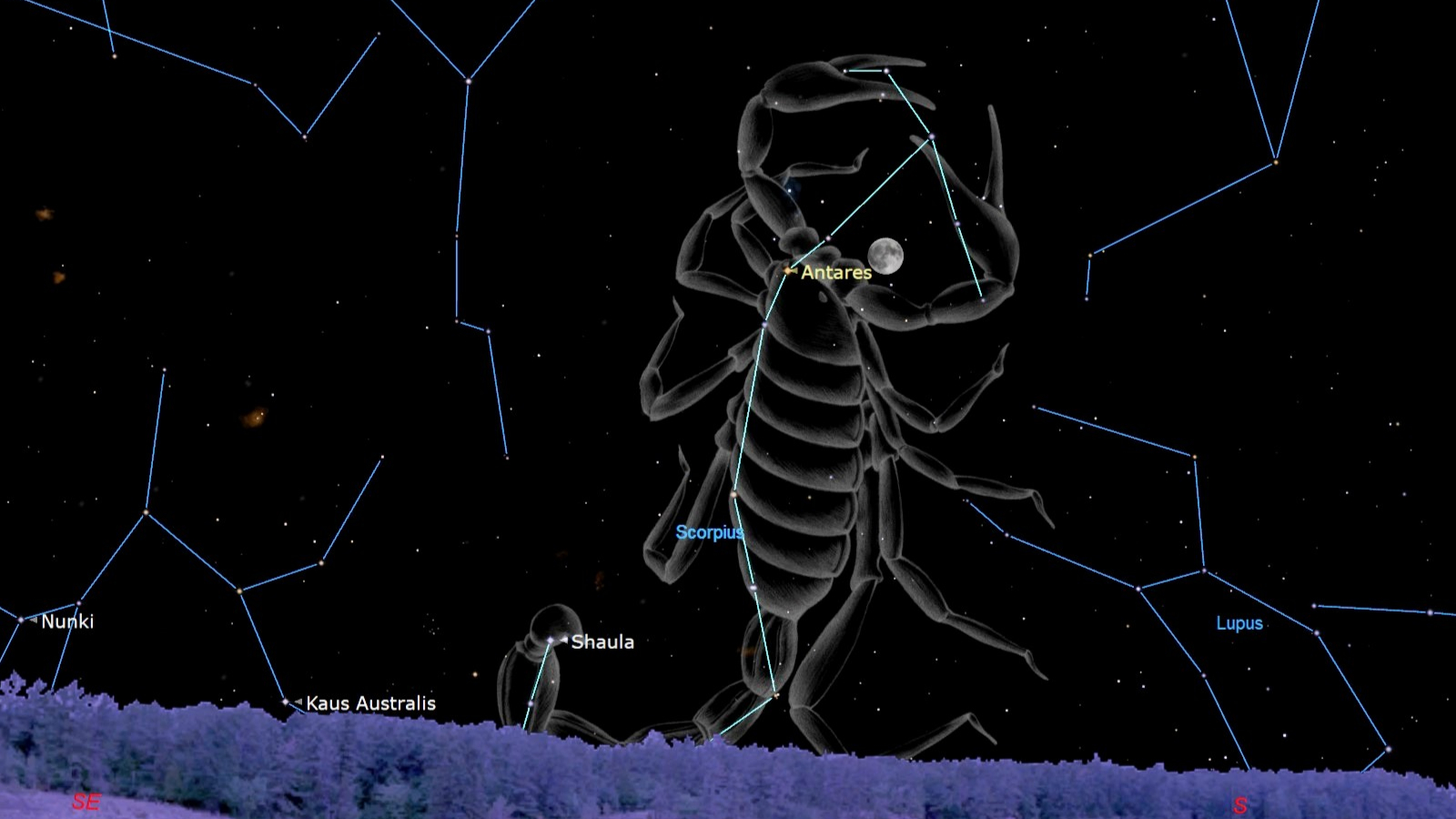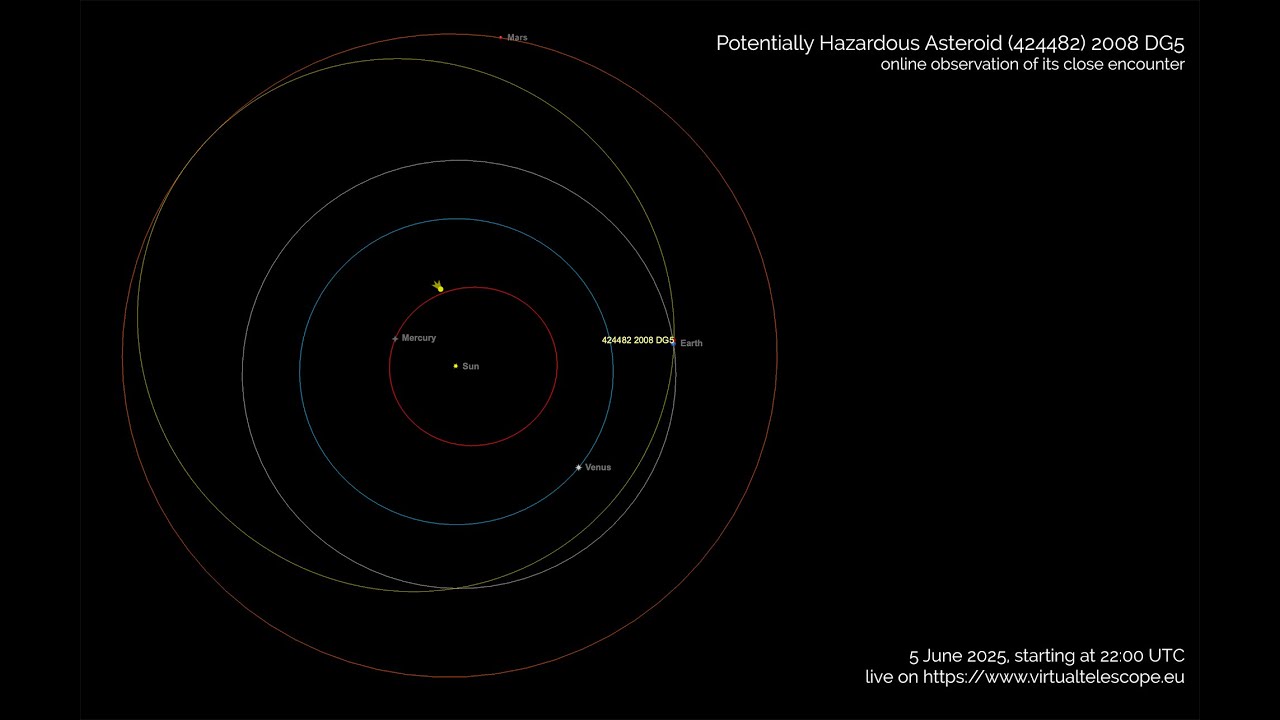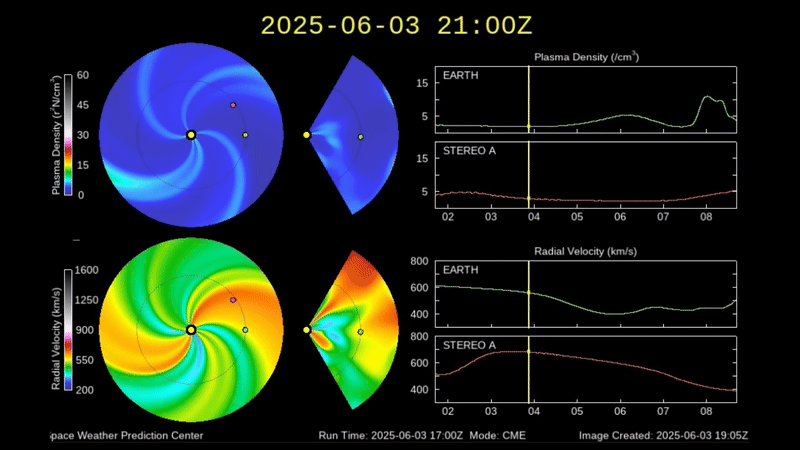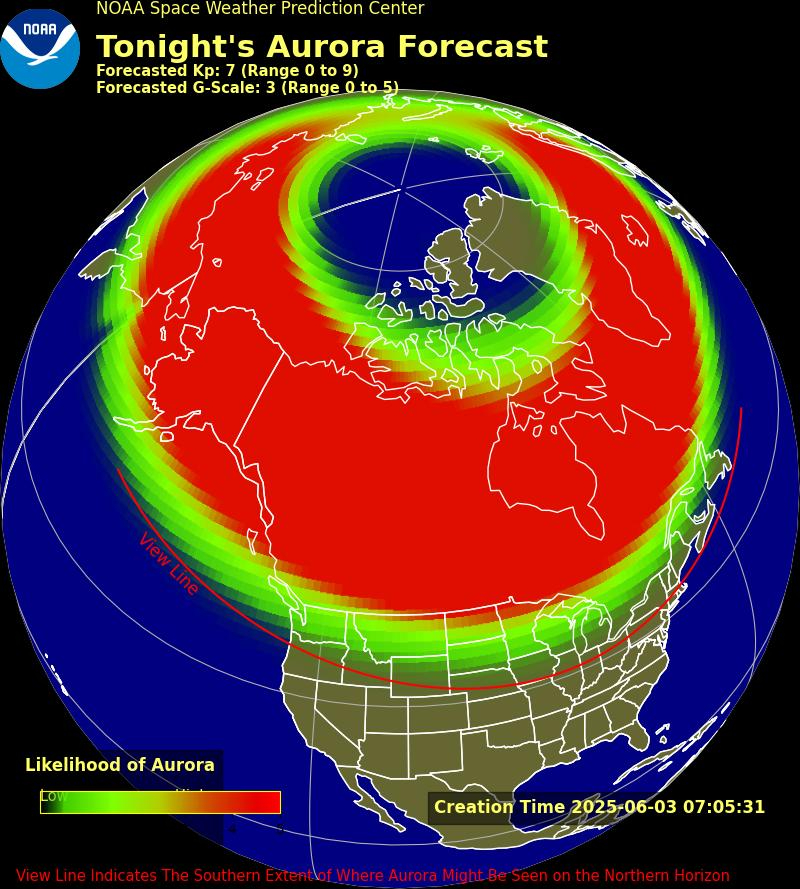The Mars-Regulus conjunction: online observation – 17 June 2025 – YouTube Watch On Mars and the star Regulus are set to put on a dazzling show tonight as the Red Planet passes remarkably close to Leo’s brightest star in a striking celestial pairing — and you can watch it live online. The conjunction between Mars and the bright blue star Regulus began on Monday (June 16) and will bring the two objects side by side in the night sky. A conjunction occurs when two celestial bodies appear very close together…
Read MoreTag: Stargazing
Gaze at the Orion Nebula together – eVscope 2 is $570 off for Father’s Day
The universe is a huge place, but it is full of wondrous sights like nebulas and galaxies. Sometimes finding these jewels of the night sky is tricky, but the Unistellar eVscope 2 makes it a breeze, and it’s a whopping $570 off for Father’s Day. You can get the Unistellar eVscope 2 smart telescope on sale right now at Unistellar for $4249. Unistellar is well known for producing high-quality smart telescopes that not only find your chosen target, but also image it for you so you can keep your views…
Read MoreAurora alert! Moderate geomagnetic storm could spark northern lights as far south as New York and Idaho on June 14
The National Oceanic and Atmospheric Administration’s (NOAA) Space Weather Prediction Center (SWPC) has issued a geomagnetic storm warning for June 12 due to incoming turbulent space weather. Geomagnetic storms are classified using a G-scale, which ranks their intensity from G1 (minor) to G5 (extreme). That’s good news for aurora chasers! The predicted G2-level storm could bring northern lights as far south as New York and Idaho, provided conditions align. However, with the northern hemisphere nearing the summer solstice on June 20-21, extended daylight hours mean less time for aurora viewing,…
Read MoreLooking for a last-minute Father’s Day gift? These Bushnell binoculars are brilliant value with this $60 price cut
The Bushnell Trophy XLT binoculars are some of the best budget binoculars around, and in this binocular deal, they’re just 97 cents off their lowest-ever price. So if you’re on the hunt for a last-minute Father’s Day gift, you can pick these up now at either Adorama, Amazon or Walmart for just $45.97, which is $60 off the MSRP of $105.97. Get the Bushnell 10x42mm Trophy XLT Binoculars in time for Father’s Day for just $45.97 at Amazon. However, if you’re shopping specifically for Father’s Day, only Amazon guarantees pre-Father’s…
Read MoreWe’re halfway between the April 2024 and August 2026 total solar eclipses: Here’s why we’re excited
There may be no total solar eclipse this year, but June 10, 2025, is a landmark event of sorts for eclipse chasers worldwide — the halfway point between the last and the next totalities. It’s 429 days — just over 14 months — since April 8, 2024’s “Great American Eclipse” across North America and 429 days until the next total solar eclipse on August 12, 2026, over Greenland, Iceland and Spain. Related: Eclipse at sea: Best cruises for the total solar eclipse 2026 You may like Looking back on 2024…
Read MoreSee the moon shine with famous red star Antares in the southern sky on June 9
The waxing gibbous moon will shine close to the red star Antares in the constellation Scorpius on the night of June 9. Stargazers in the U.S. will find the moon rising higher over the southeastern horizon after sunset on June 9, with Antares shining brightly around 4 degrees to the lower left of the lunar disk. For context, your little finger held at arms length accounts for roughly 1 degree in the night sky, while your index, middle and ring fingers together amount to around 5 degrees, according to NASA.…
Read MoreWatch an asteroid the size of an aircraft carrier make a close pass of Earth on June 5
Potentially Hazardous Asteroid (424482) 2008 DG5 close encounter: online observation – 5 June 2025 – YouTube Watch On A potentially hazardous asteroid roughly the size of an aircraft carrier is due to pass within 2.8 million miles (3.5 million km) of Earth on June 5 and you can watch it happen live online. NASA and its partners have been tracking the potentially hazardous asteroid 2008 DG5 ever since its discovery in (you guessed it) 2008 by the Catalina Sky Survey. The Center for Near Earth Object Studies (CNEOS) estimates it…
Read MoreAurora alert: Incoming solar storm could spark auroras as far south as New York and Idaho this weekend
A coronal mass ejection (CME) from a solar filament eruption on June 3 is on its way to Earth and could give aurora chasers a treat. The NOAA Space Weather Prediction Center (SWPC) says Earth could receive a glancing blow from the CME by mid to late June 7 (UTC), while the UK Met Office places the arrival time slightly earlier, on Friday night (UTC). If the CME arrives, it’s expected to stir up geomagnetic activity. Both NOAA SPWPC and the U.K. Met Office predict minor (G1) geomagnetic storm conditions…
Read MoreNorthern lights may be visible from these 13 US States tonight
Though geomagnetic activity is beginning to wane, the northern lights could still put on a show tonight (June 3). Earth is still reverberating from not one but two coronal mass ejections (CMEs) that hit in the early hours of June 1 and late June 2, wreaking havoc on our magnetic field and triggering incredible auroras around the world. Space weather forecasters from the U.K. Met Office predict there is still a slight chance of further strong (G3) geomagnetic storms, with minor (G1) and moderate (G2) intervals expected. You may like…
Read MoreAmateur astronomer captures ghostly outer shell of the Cat’s Eye Nebula (photo)
The Cat’s Eye Nebula, photographed by Emil Andronic. (Image credit: Emil Andronic.) Amateur astrophotographer Emil Andronic has captured a striking image of the Cat’s Eye Nebula from his home in Hertfordshire, United Kingdom, showcasing the tenuous outer structure of the famous deep-sky object. The Cat’s Eye Nebula, also known as NGC6543, formed when an aging sun-like star cast its outer layers into space, forming a dense central cocoon of dust surrounded by a diffuse veil of stellar material. In Andronic‘s portrait of the iconic nebula, the gaseous outer layers look…
Read More